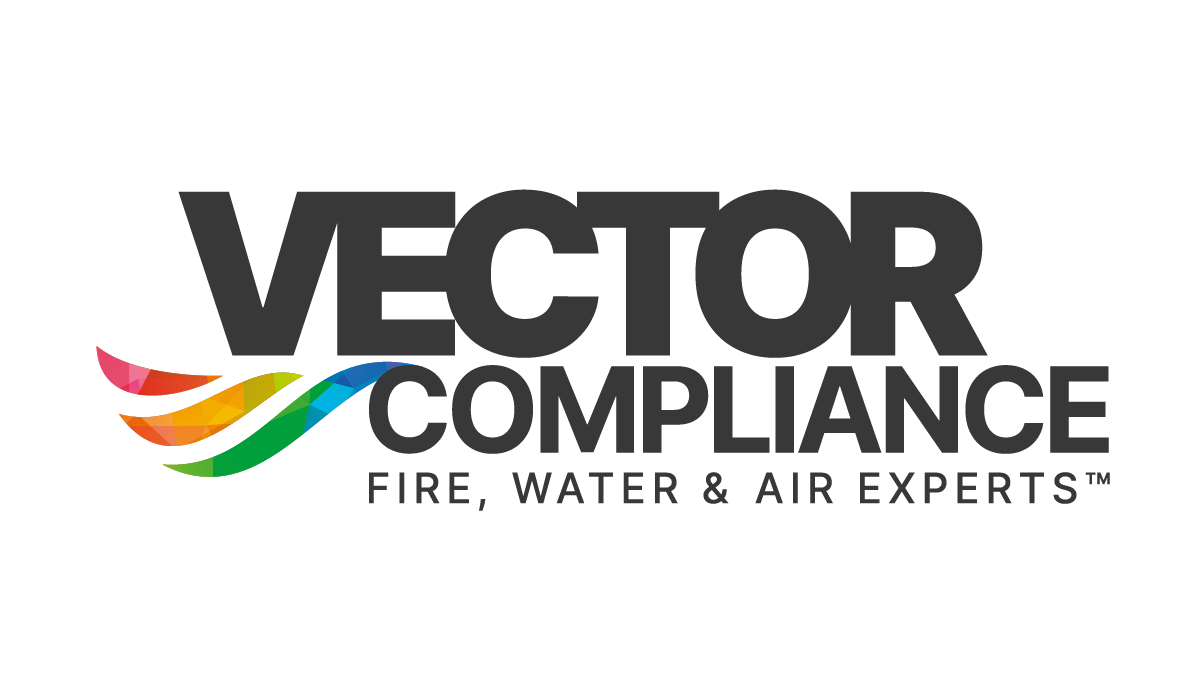Smoke & Fire Damper Testing
Smoke & Fire Damper Testing
Smoke and Fire Damper Testing: Ensuring Safety and Compliance
Introduction
Smoke and fire dampers are integral components of a building's fire protection system. They play a crucial role in preventing the spread of smoke and fire through HVAC ducts and compartments. Regular testing and maintenance of these dampers are essential to ensure their effectiveness in case of a fire emergency.
Why Test Smoke and Fire Dampers?
Smoke and fire dampers are designed to remain in a closed position until triggered by the presence of smoke or a rise in temperature. Testing these dampers regularly is crucial for several reasons:
1. Life Safety: In the event of a fire, functional smoke and fire dampers can significantly limit the spread of smoke and fire, providing occupants with more time to evacuate safely.
2. Code Compliance: Compliance with local building codes and regulations requires regular testing and maintenance of smoke and fire dampers. Failure to comply with these requirements can lead to penalties and potential liability issues.
3. Asset Protection: Functional dampers help prevent damage to the building structure and assets by containing fire and smoke within designated areas.
4. Insurance and Legal Requirements: Insurance providers often require proof of regular testing and maintenance of fire protection systems, including smoke and fire dampers. Failure to comply with these requirements may result in denial of claims or increased premiums.
Smoke and Fire Damper Testing Process
Smoke and fire damper testing should be performed by trained professionals to ensure accurate results and compliance with industry standards. The testing process typically involves the following steps:
1. Visual Inspection: Inspect the dampers for any signs of physical damage, corrosion, or obstructions that may hinder their proper function.
2. Functional Testing: Activate the dampers to verify their ability to close and open as intended. This may involve using a variety of methods, including remote testing, airflow measurements, or temperature triggers.
3. Airflow Testing: Measure and verify the airflow resistance across the closed dampers to ensure they are properly sealed and not leaking smoke or fire.
4. Documentation: Maintain proper records of all inspections, tests, and maintenance performed on smoke and fire dampers. This documentation is invaluable for compliance purposes and can serve as evidence if required.
Frequency of Testing
The frequency of smoke and fire damper testing depends on local regulations, building usage, and the damper manufacturer's recommendations. Generally, testing should be conducted annually or as specified by relevant authorities. Additionally, dampers should be tested after any significant modifications or repairs to the HVAC system.
Conclusion
Regular testing and maintenance of smoke and fire dampers are essential for ensuring the safety of building occupants, compliance with regulations, and protection of assets. By performing these tests diligently and documenting the results, premises owners and facility managers can contribute to an effective fire protection system that mitigates the risks associated with smoke and fire.

